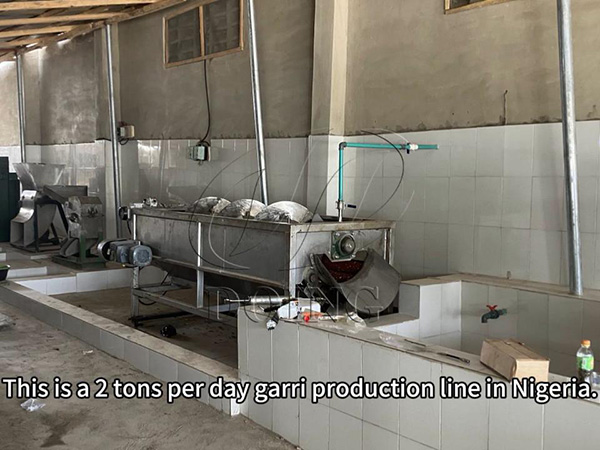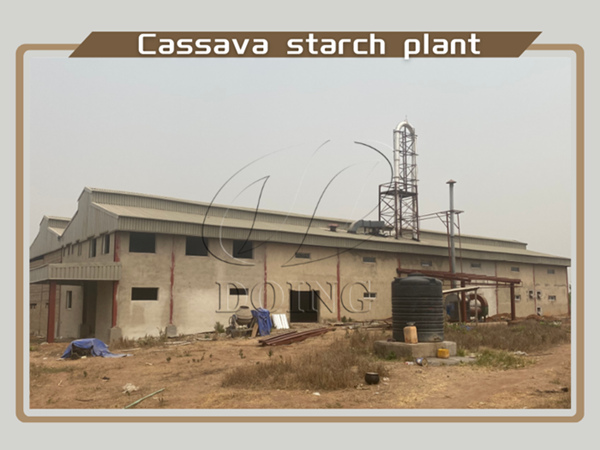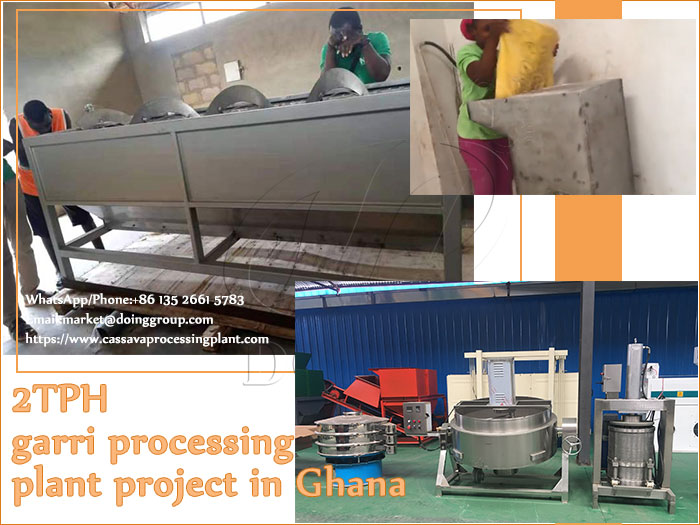
Common problems and solutions for potato starch production
FAQ/ Chat online/ Leave a message/ August 13, 2025
Successful potato starch production isn't just about having equipment; it's about selecting the right technology. Prioritizing raspers, multi-stage separation (sieves & hydro cyclones), and energy-efficient dewatering/drying systems directly addresses the core challenges of quality, yield, purity, and operational cost.
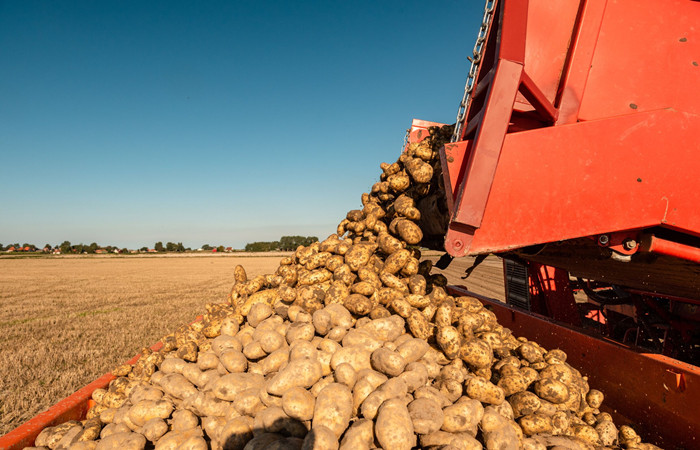 raw potatoes
raw potatoes
Producing high-quality potato starch efficiently hinges on overcoming several key challenges. Fortunately, the right equipment choices provide powerful solutions, ensuring purity, yield, and cost-effectiveness. Here’s how:
1. Problem: Browning & Quality Loss (Enzymatic Oxidation)
Cause: When potatoes are crushed, enzymes (polyphenol oxidase) are released, reacting with oxygen to cause rapid browning and degrade starch quality.
Equipment Solution: Invest in high-speed, ultra-fine potato crushers/raspers combined with Nitrogen (N₂) Blanketing Systems. Modern raspers achieve near-instantaneous cell rupture, minimizing enzyme release time before deactivation. Integrating N₂ gas injection immediately displaces oxygen in the slurry, drastically slowing oxidation and preserving whiteness.
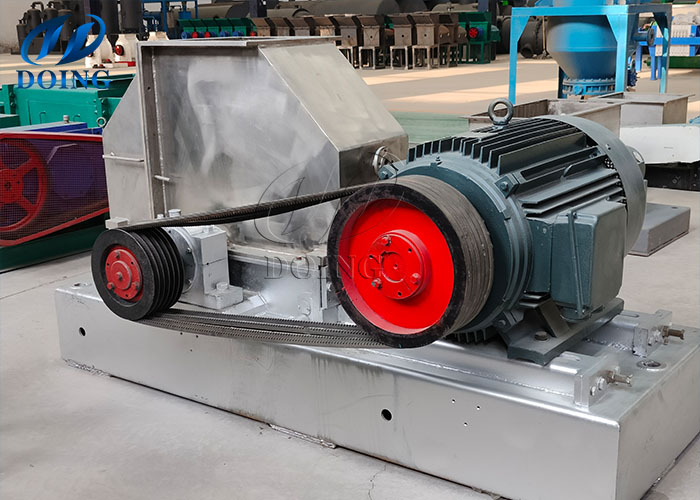 potato rasper
potato rasper
2. Problem: Fiber Contamination & Low Extraction Rate
Cause:Incomplete separation of potato starch granules from potato pulp (fiber) leads to impurities in the final product and reduces overall starch yield.
Equipment Solution: Implement multi-stage, high-efficiency separation. This typically involves:
Centrifugal Sieves (Extractors): Gentle yet efficient initial starch milk extraction.
Hydrocyclone Stations: Utilize dozens of small hydrocyclones in cascades. These exploit density differences to separate fine potato starch from residual protein (fruit water) and tiny fibers with exceptional precision and low water usage. Well-designed multi-stage hydrocyclone plants are critical for purity and high yield.
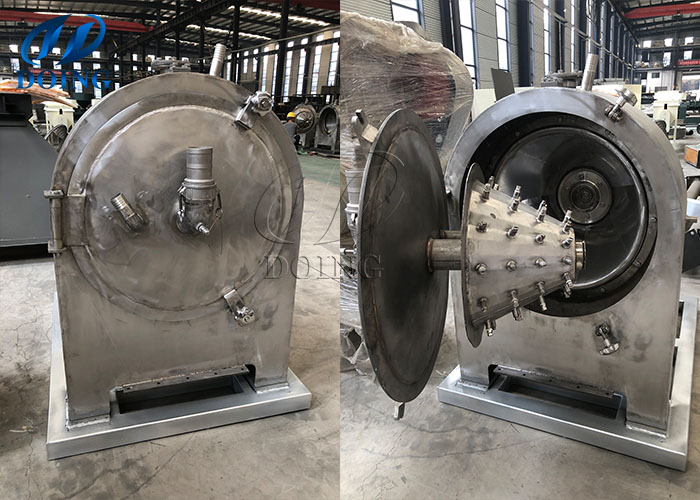 centrifuge sieve
centrifuge sieve
3. Problem: High Water & Energy Consumption (Drying)
Cause: Traditional drying methods are energy-intensive, and inefficient dewatering upstream increases drying load and water waste.
Equipment Solution: Optimize the entire potato starch dewatering/drying line:
Efficient Vacuum Filters: Maximize dewatering before drying, significantly reducing moisture content ( down to 40%) and thus the energy needed for drying.
Modern Flash Dryers: Utilize efficient, integrated flash drying systems. These offer rapid, gentle drying using hot air, preserving potato starch quality (gelatinization temperature) while being more energy-efficient than older rotary dryers. Features like multiple stage pipes and negative pressure drying principle further boost efficiency.
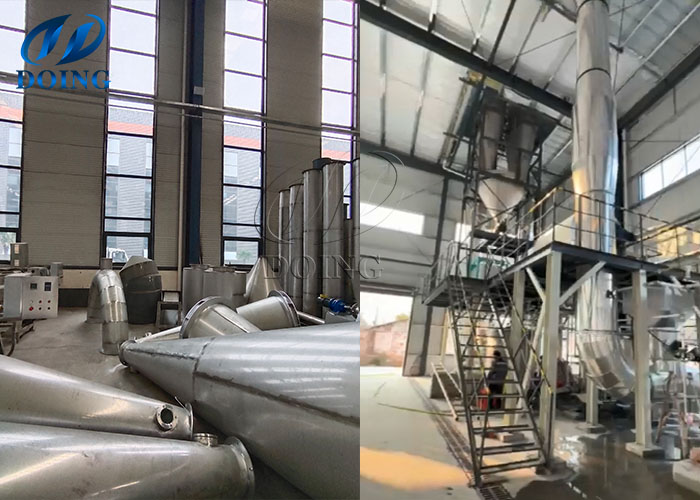 flash dryer
flash dryer
Successful potato starch production isn't just about having equipment; it's about selecting the right technology. Prioritizing raspers, multi-stage separation (sieves & hydro cyclones), and energy-efficient dewatering/drying systems directly addresses the core challenges of quality, yield, purity, and operational cost.
Henan Jinrui, manufacturing potato starch production machinery for over 10 years, could design tailed lines for specific demands. Moreover, professional engineers will help to dispel any technological problems appeared in the whole production process. Look forward to receiving your message!
Leave A Message
- Do you want to buy machine?
- Yes, I want to buy machine
- No, I want to learn more in advance.
- What is your raw material?
- Cassava
- Potato
- Sweet potato
- Others
- 2. What is the final product you want to produce?
- Garri
- Cassava flour
- Cassava starch
- Cassava chips
- Attiekie
- Bammy
- Others
- 3.What is your capacity plan?
- Small scale garri machine
- 1ton per day
- 2tons per day
- 3tons per day
- 10tons per day
- 20tons per day
- Others
- 3.What is your capacity plan?
- Small scale
- 5tons per day
- 10tons per day
- 20tons per day
- 50tons per day
- 100tons per day
- Others
- 3.What is your capacity plan?
- Small scale
- 5tons per day
- 10tons per day
- 20tons per day
- 50tons per day
- 100tons per day
- 200tons per day
- 300tons per day
- Others
- 3.What is your capacity plan?
- Small scale
- Middle type
- Large scale
- What is your capacity plan?
- Small scale
- 5tons per day
- 10tons per day
- 20tons per day
- 50tons per day
- 100tons per day
- 200tons per day
- 300tons per day
- Others

